-
 Bitcoin
Bitcoin $117500
2.15% -
 Ethereum
Ethereum $3911
6.19% -
 XRP
XRP $3.316
10.79% -
 Tether USDt
Tether USDt $1.000
0.01% -
 BNB
BNB $787.2
2.24% -
 Solana
Solana $175.2
4.15% -
 USDC
USDC $0.9999
0.00% -
 Dogecoin
Dogecoin $0.2225
8.40% -
 TRON
TRON $0.3383
0.28% -
 Cardano
Cardano $0.7868
6.02% -
 Stellar
Stellar $0.4382
9.34% -
 Hyperliquid
Hyperliquid $40.92
7.56% -
 Sui
Sui $3.764
7.63% -
 Chainlink
Chainlink $18.48
10.66% -
 Bitcoin Cash
Bitcoin Cash $582.1
1.88% -
 Hedera
Hedera $0.2601
6.30% -
 Avalanche
Avalanche $23.33
4.94% -
 Ethena USDe
Ethena USDe $1.001
0.02% -
 Litecoin
Litecoin $122.3
2.04% -
 UNUS SED LEO
UNUS SED LEO $8.969
-0.27% -
 Toncoin
Toncoin $3.339
0.86% -
 Shiba Inu
Shiba Inu $0.00001287
4.30% -
 Uniswap
Uniswap $10.43
7.38% -
 Polkadot
Polkadot $3.861
5.08% -
 Dai
Dai $1.000
0.02% -
 Bitget Token
Bitget Token $4.513
3.41% -
 Monero
Monero $267.7
-6.18% -
 Cronos
Cronos $0.1499
4.14% -
 Pepe
Pepe $0.00001110
5.15% -
 Aave
Aave $284.9
8.28%
How to check the liquidation price of Gate.io contract? How to reduce losses after liquidation?
To check the liquidation price on Gate.io, log in, go to Futures, select your contract, and view the liquidation price on the contract details page.
May 03, 2025 at 11:42 pm
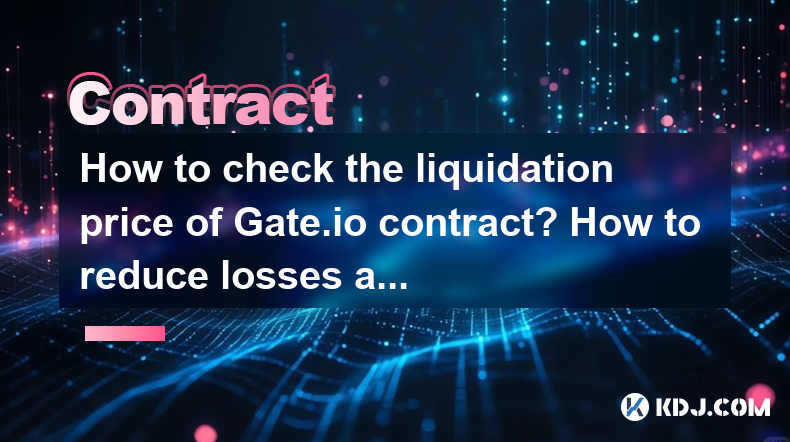
Understanding how to check the liquidation price of a contract on Gate.io and knowing how to reduce losses after a liquidation are crucial skills for any trader engaging in cryptocurrency futures trading. This article will guide you through the process step-by-step and provide strategies to minimize losses post-liquidation.
Checking the Liquidation Price on Gate.io
Gate.io offers a user-friendly platform for trading futures contracts, and checking the liquidation price is a straightforward process. Here's how you can do it:
- Log into your Gate.io account: Navigate to the Gate.io website and enter your login credentials.
- Access the Futures Trading Section: Once logged in, click on the "Futures" tab at the top of the page to enter the futures trading section.
- Select Your Contract: Choose the specific futures contract you are interested in from the list provided.
- Open the Contract Details: Click on the contract to open its detailed page.
- View the Liquidation Price: On the contract details page, look for the "Liquidation Price" section. This will display the price at which your position will be liquidated.
It is important to keep an eye on this price as it can change based on your position size and the margin you have deposited.
Understanding Liquidation on Gate.io
Liquidation occurs when the market moves against your position to such an extent that your margin is no longer sufficient to maintain the position. Gate.io uses an automatic liquidation system to close positions to prevent negative balances. The liquidation price is calculated based on your entry price, the amount of leverage used, and the maintenance margin required by the exchange.
Strategies to Reduce Losses After Liquidation
If you find yourself in a situation where your position has been liquidated, there are several strategies you can employ to minimize further losses:
- Reassess Your Trading Strategy: Take a step back and analyze what led to the liquidation. Was it due to over-leveraging, or did you misjudge market trends? Adjust your strategy to avoid similar situations in the future.
- Use Stop-Loss Orders: Before entering a new position, set a stop-loss order to automatically sell your position if the price moves against you to a certain level. This can help limit your losses.
- Reduce Leverage: High leverage can lead to quick liquidations. Consider using lower leverage to give your positions more room to breathe.
- Diversify Your Portfolio: Instead of putting all your capital into one position, spread it across different assets to reduce the risk of a single liquidation wiping out your account.
Monitoring Your Positions Closely
Active monitoring of your positions is crucial to managing risk effectively. Gate.io provides various tools and indicators to help you stay on top of your trades:
- Use the Trading Dashboard: The Gate.io trading dashboard displays real-time data on your open positions, including current profit/loss, margin level, and liquidation price.
- Set Price Alerts: You can set up price alerts to notify you when the market reaches certain levels, allowing you to take action before a liquidation occurs.
- Review Market Conditions: Regularly check market news and analysis to understand the factors that could affect your positions.
Adjusting Your Position to Avoid Liquidation
If you notice that the market is moving against your position and getting close to the liquidation price, there are steps you can take to avoid liquidation:
- Add More Margin: If you have additional funds, you can add more margin to your position to increase the liquidation price.
- Reduce Position Size: You can partially close your position to reduce the size of your exposure and move the liquidation price further away.
- Hedge Your Position: Consider opening an opposite position in another contract to hedge against further losses.
Using Risk Management Tools on Gate.io
Gate.io offers several risk management tools to help traders protect their investments:
- Margin Calculator: Use the margin calculator to understand how different leverage levels affect your liquidation price.
- Position Calculator: This tool helps you calculate the potential profit or loss of your position based on different market scenarios.
- Risk Limit: Set a risk limit on your account to automatically close positions if your total account balance falls below a certain threshold.
FAQs
Q: Can I reopen a position immediately after it has been liquidated on Gate.io?
A: Yes, you can reopen a position after liquidation, but it is advisable to reassess your trading strategy and ensure you have sufficient funds to cover the new position's margin requirements.
Q: How often does Gate.io update the liquidation price?
A: Gate.io updates the liquidation price in real-time based on market conditions and changes to your position. It is important to monitor this price closely, especially in volatile markets.
Q: Is there a fee for liquidations on Gate.io?
A: Yes, Gate.io charges a liquidation fee to cover the costs of executing the liquidation. The fee amount is typically a small percentage of the liquidated position's value.
Q: Can I set a custom liquidation price on Gate.io?
A: No, the liquidation price is automatically calculated by Gate.io based on your position and margin. However, you can adjust your position size and margin to influence the liquidation price.
Disclaimer:info@kdj.com
The information provided is not trading advice. kdj.com does not assume any responsibility for any investments made based on the information provided in this article. Cryptocurrencies are highly volatile and it is highly recommended that you invest with caution after thorough research!
If you believe that the content used on this website infringes your copyright, please contact us immediately (info@kdj.com) and we will delete it promptly.
- Tron's Sell-Off Spurs Altcoin Shift: What's Next for TRX?
- 2025-08-08 08:30:12
- Sleep Token's US Takeover: Thornhill Rides the 'Even In Arcadia' Wave
- 2025-08-08 08:30:12
- FTT Token's Wild Ride: Creditor Repayments vs. Market Drop - A New Yorker's Take
- 2025-08-08 07:10:12
- Floki Crypto Price Prediction: Riding the Robinhood Rocket or Just a Meme?
- 2025-08-08 07:15:12
- EigenLayer, Restaking, and Ethereum: Navigating the Hype and the Hazards
- 2025-08-08 06:30:12
- Super Bowl 59: Jon Batiste to Jazz Up the National Anthem
- 2025-08-08 06:30:12
Related knowledge

What are the specific maker and taker fees on KuCoin Futures?
Aug 08,2025 at 08:28am
Understanding Maker and Taker Fees on KuCoin FuturesWhen trading on KuCoin Futures, users encounter two primary types of fees: maker fees and taker fe...
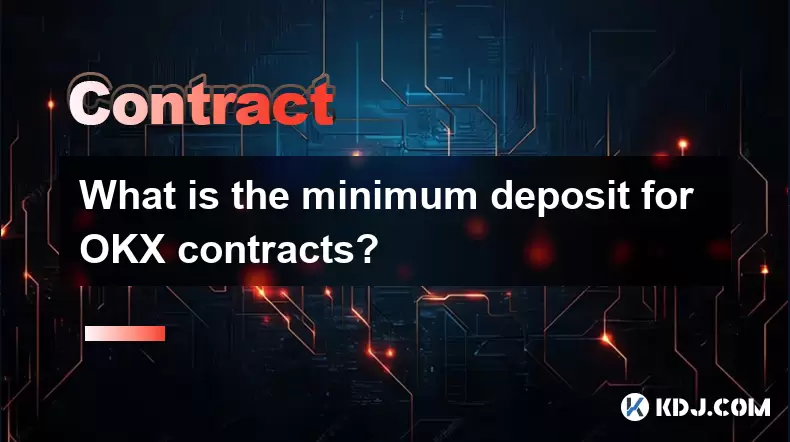
What is the minimum deposit for OKX contracts?
Aug 08,2025 at 07:00am
Understanding OKX Contract Trading BasicsOKX is one of the leading cryptocurrency derivatives exchanges, offering a wide range of perpetual and future...
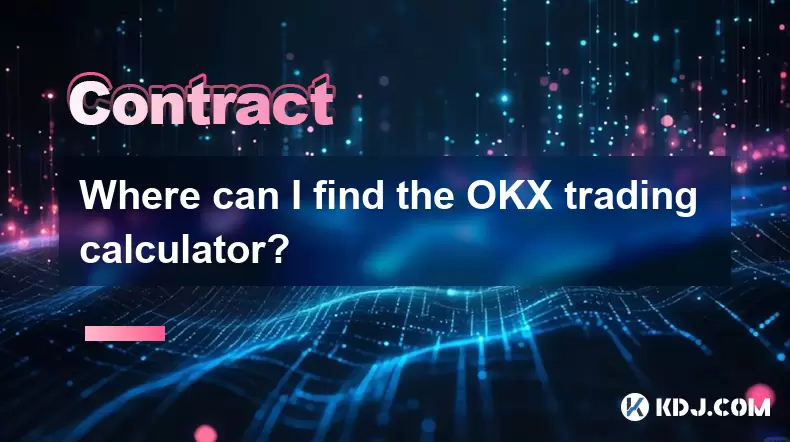
Where can I find the OKX trading calculator?
Aug 08,2025 at 07:49am
Understanding the OKX Trading Calculator FunctionalityThe OKX trading calculator is a powerful analytical tool designed to assist traders in estimatin...
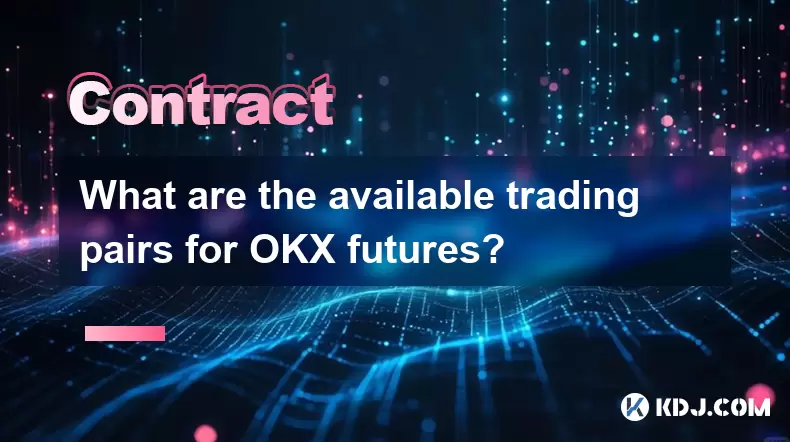
What are the available trading pairs for OKX futures?
Aug 08,2025 at 08:49am
Understanding OKX Futures Trading PairsOKX is one of the leading cryptocurrency derivatives exchanges, offering a wide range of futures trading pairs ...
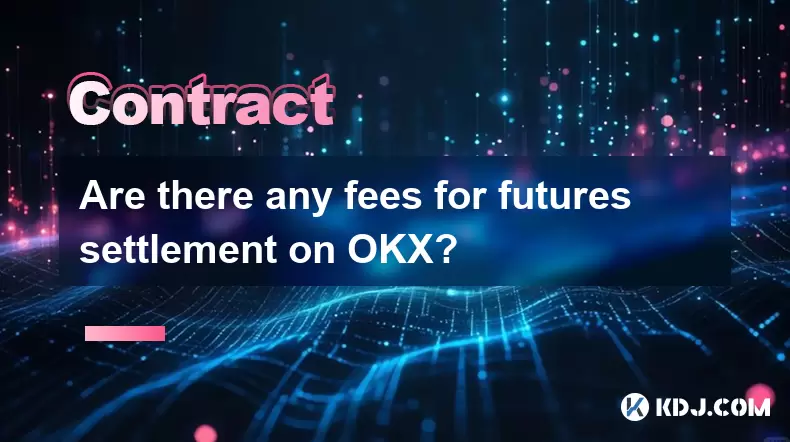
Are there any fees for futures settlement on OKX?
Aug 08,2025 at 05:35am
Understanding Futures Settlement on OKXFutures settlement on OKX refers to the process by which open futures contracts are automatically closed or mar...
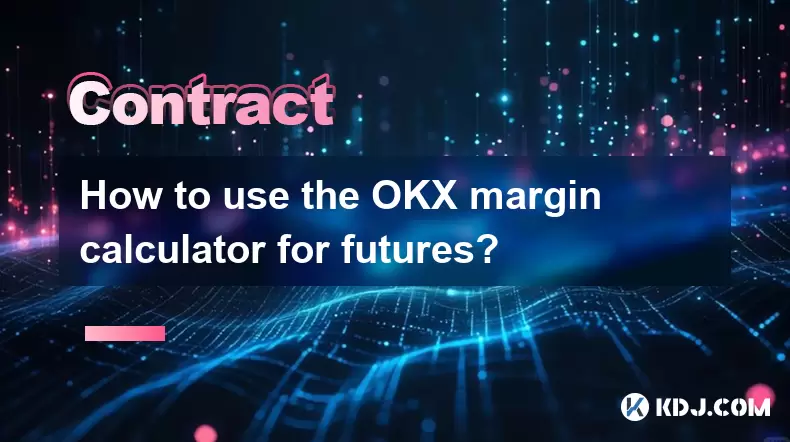
How to use the OKX margin calculator for futures?
Aug 08,2025 at 05:15am
Understanding the OKX Margin Calculator for FuturesThe OKX margin calculator is a specialized tool designed to assist traders in estimating the requir...

What are the specific maker and taker fees on KuCoin Futures?
Aug 08,2025 at 08:28am
Understanding Maker and Taker Fees on KuCoin FuturesWhen trading on KuCoin Futures, users encounter two primary types of fees: maker fees and taker fe...

What is the minimum deposit for OKX contracts?
Aug 08,2025 at 07:00am
Understanding OKX Contract Trading BasicsOKX is one of the leading cryptocurrency derivatives exchanges, offering a wide range of perpetual and future...

Where can I find the OKX trading calculator?
Aug 08,2025 at 07:49am
Understanding the OKX Trading Calculator FunctionalityThe OKX trading calculator is a powerful analytical tool designed to assist traders in estimatin...

What are the available trading pairs for OKX futures?
Aug 08,2025 at 08:49am
Understanding OKX Futures Trading PairsOKX is one of the leading cryptocurrency derivatives exchanges, offering a wide range of futures trading pairs ...

Are there any fees for futures settlement on OKX?
Aug 08,2025 at 05:35am
Understanding Futures Settlement on OKXFutures settlement on OKX refers to the process by which open futures contracts are automatically closed or mar...

How to use the OKX margin calculator for futures?
Aug 08,2025 at 05:15am
Understanding the OKX Margin Calculator for FuturesThe OKX margin calculator is a specialized tool designed to assist traders in estimating the requir...
See all articles

























































































